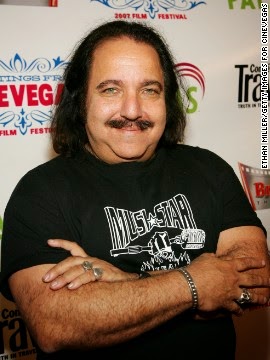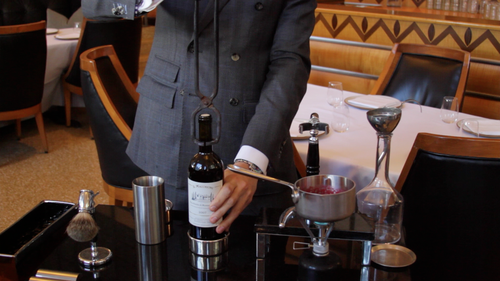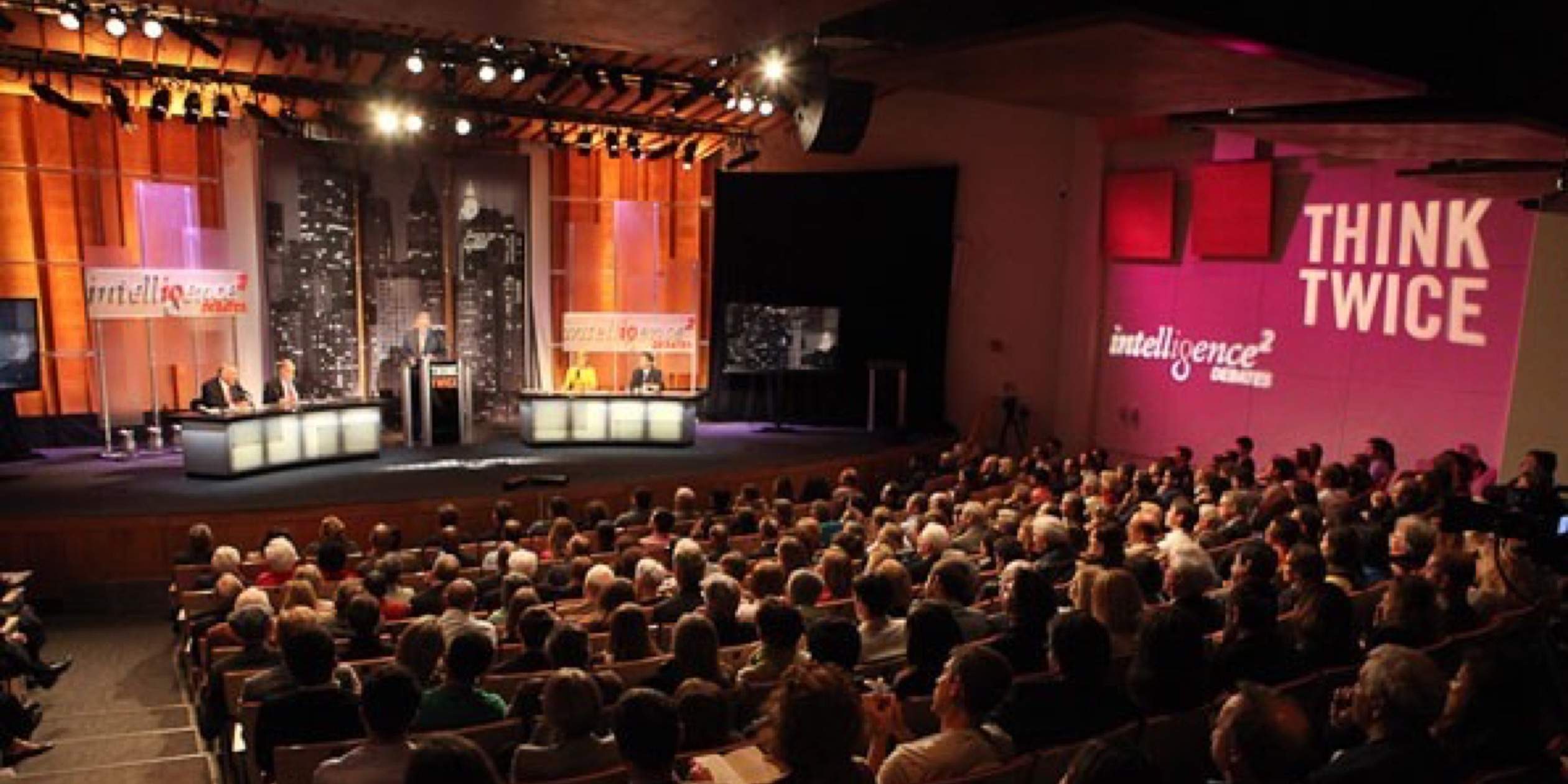If you have not seen Jiro Dreams of Sushi, stop reading and beg, steal, borrow, or download it
 |
| Chef Nakazawa is second from the left |
This was easier said than done, however. There are only three seatings a night at the bar for ten people each, and I was told that we might as well not go at all if we didn't sit at the bar. One can make reservations starting at midnight for up to 30 days in advance, so I set my phone alarm several times in a row and logged in to the site. Again and again I was beat out. I was beginning to get desperate; our time in NYC was dwindling, and our odds of getting into this place were looking bad.
I mentioned my woes to my savvy friend Maggie, and she recommended a new app called Shout. The idea is that if you have something valuable that you can't use--concert tickets and reservations, mostly--you can list it on Shout and other users can claim it and reimburse you. In principle, this is a great idea, but of course some people are making a lot of money by signing up for reservations for the express purpose of auctioning them off. One can make up to $50 a pop for this. Since this was making a limited commodity even more limited, I disapproved of the model. Then again, I didn't have any other ideas. So I scoured the Shout listings for several days and finally found and paid for a reservation. We were in.
.JPG) The experience was absolutely worth the $50 reservation and gray hairs it cost. Ed and I showed up a few minutes early and had to wait until exactly 9:30 when our reservation was to start. I didn't mind, though, as I was drinking in my surroundings. The restaurant was polished and elegant, generally quite simple, though the framed pieces of lacquered tuna on one of the walls were certainly worth a double take. The small dining room (I didn't count but I estimate there were eight tables) was in the back, and the space behind the sushi bar was humming with activity. About four sushi chefs, all men in whites, sliced and diced all manner of interesting sea life and scooped rice from a large urn by hand, laying their finished creations in the centers of pretty plates to be whisked off to tables by the formally-dressed staff.
The experience was absolutely worth the $50 reservation and gray hairs it cost. Ed and I showed up a few minutes early and had to wait until exactly 9:30 when our reservation was to start. I didn't mind, though, as I was drinking in my surroundings. The restaurant was polished and elegant, generally quite simple, though the framed pieces of lacquered tuna on one of the walls were certainly worth a double take. The small dining room (I didn't count but I estimate there were eight tables) was in the back, and the space behind the sushi bar was humming with activity. About four sushi chefs, all men in whites, sliced and diced all manner of interesting sea life and scooped rice from a large urn by hand, laying their finished creations in the centers of pretty plates to be whisked off to tables by the formally-dressed staff..JPG) |
| Chef Nakazawa broils eel for a table |
Then we were escorted to our places at the bar and invited to settle into exquisitely comfortable chairs. There was no food menu, of course, as the menu was set, but we were asked about food allergies and invited to order the sake pairing (which, of course, we did). There was little talk at the bar; everyone seemed to be watching the chefs just as intently as I was.
I made very careful notes as I ate to ensure that I didn't forget anything. The courses were:
- salmon
- smoked sockeye salmon
- "dancing" scallop - this was served alive. After placing each piece down, Chef Nakazawa would stroke the flesh of the scallop lightly with his finger and it would undulate in response. This was, obviously, a little strange and we diners all exchanged alarmed looks, but I decided to hide my squeamishness and go for it. The scallop was firm and delicious (though I was rather glad we were served only one), and Chef Nakazawa completed the experience by pressing a button on a small red radio that let out a shrill, cartoonish scream as we all chewed. It was pretty funny and helped me not think too much about what I'd just swallowed.
- giant clam (geoduck)
.JPG) |
| Our first piece - salmon |
- trigger fish "with own liver"
.JPG) |
| Trigger fish with its liver garish - one of my favorites |
- fluke - To convey to us how fresh the fluke was, Chef Nakazawa announced proudly, "Kill here." Then he pointed at a sheepish looking chef and added, grinning, "He do it."
- barrel fish
- horse mackerel - out of Chef N's mouth, this sounded like "hose mackerel" and in response to our confused looks he made a riding motion with his hand and recruited the maitre'd to help translate
- baby gizzard shad - another one that got lost in translation until Chef N assured us, "English person coming," then yelled "Engrish, onegaishimus!" (English, please!)
- massaged octopus, of Jiro fame - absurdly tender
 |
| The best octopus one can eat outside Japan |
- jumbo shrimp
- golden stripe yellowtail
- smoked bonito
- a tuna trio: plain blue fin, "soy marinated lean part," and fatty tuna
 |
| Tuna, arranged in order of decadence |
- sea urchin with truffle salt - I must have looked particularly transported while chewing this piece because Chef N looked at me and asked, "You like it, ha?" My mouth was too full to answer, but I nodded emphatically. He jerked his head at me and said to no one in particular, grinning, "I find a happy face."
- soy cured salmon roe
- anago eel
- tuna handroll
- tamago - for those who have never tried tamago: it's sort of like an slice of an omelette, though I think there's a bit of sugar mixed in because it's always sweet. I tasted my first piece at the Tsukiji Fish Market in Tokyo--a friendly shopkeeper handed it to me to try and explained in broken English what it was--and I've been a big fan ever since.
The meal was capped off with fruit sorbet. I thought I'd be too full to eat it, but I ended up scraping my bowl clean.
It's difficult to explain how good each piece was. I was torn between feeling as though I couldn't possibly ever eat anything else ever again and wishing the chefs would keep serving us tidbits all night. Ed and I staggered out of the restaurant way past our usual bedtime stuffed, sleepy, and utterly content.
All of this cost more than peanuts, of course, but dinner at the sushi bar is really an incredible bargain. I can't recommend this restaurant enough, though I would be a lot less excited to eat at a table. The show is more than half the fun.
.JPG)









































.JPG)